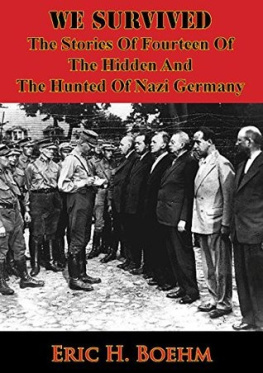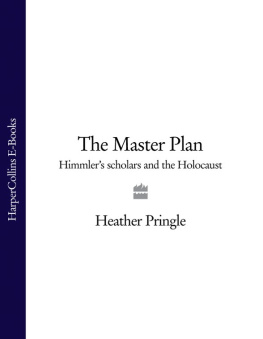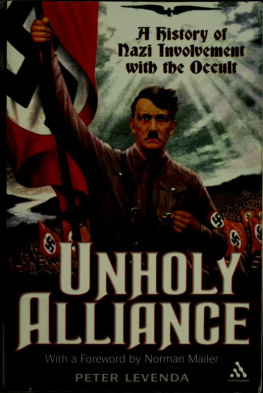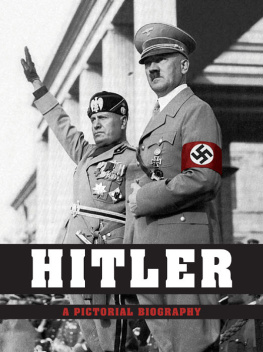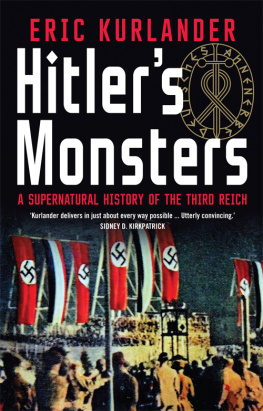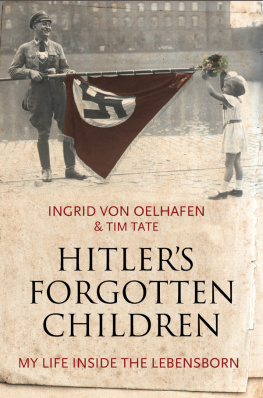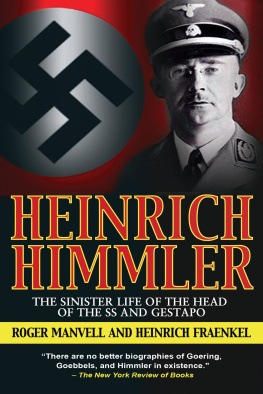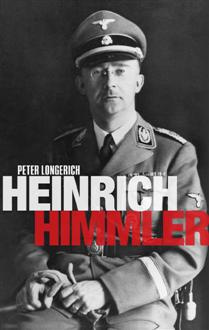

Fonthill Media Language Policy
Fonthill Media publishes in the international English language market. One language edition is published worldwide. As there are minor differences in spelling and presentation, especially with regard to American English and British English, a policy is necessary to define which form of English to use. The Fonthill Policy is to use the form of English native to the author. David Barrowclough was born and educated in England and now lives in Cambridge, United Kingdom; British English has therefore been adopted in this publication.
Fonthill Media Limited
Fonthill Media LLC
www.fonthillmedia.com
First published in the United Kingdom and the United States of America 2016
British Library Cataloguing in Publication Data:
A catalogue record for this book is available from the British Library
Copyright David Barrowclough 2016
ISBN 978-1-78155-500-2
The right of David Barrowclough to be identified as the author of this work has been asserted by him in accordance with the Copyright, Designs and Patents Act 1988.
All rights reserved. No part of this publication may be reproduced, stored in a retrieval system or transmitted in any form or by any means, electronic, mechanical, photocopying, recording or otherwise, without prior permission in writing from Fonthill Media Limited
Typeset in 10.5pt on 13pt Sabon
Printed and bound in England
Preface
I first had the idea for this book when an undergraduate at Cambridge in the 1990s. I was frustrated that lecturers would often refer to the appropriation of archaeological science by the Nazis without being able to refer students to a confirmatory text. The Indiana Jones franchise, for all its value as entertainment, only served to enhance those frustrations with its confusing mix of historical fact and contemporary fiction. Thus was the seed sown for the production of this volume, which it is hoped goes some way to explaining how and why the Nazis looked to archaeology and anthropology during the Third Reich.
In writing this book, I have had support and assistance from a number of academics, institutions and friends. I would like to thank Dr Francisco Garcia Alonso, Prof Heinrich Hrke, Pippa Payne, Dr Sarah Ralph, Prof Thomas Schneider, Prof Oebele Vries, and Prof Robert Williams for their contribution to the text, helpful conversations and access to images in their private archives and libraries. Access to original documents and secondary texts was given by the Academy of Natural Sciences, Philadelphia; Bundesachiv, Berlin; Federal Archives, Koblenz; Institut fr Zeitgeschichte, Munich; Library of Congress, National Archives, Washington; Lancashire County Library Service; Oriental and India Office Collections, British Library; and the Public Record Office, Kew. Finally, I would like to thank my publisher and family for their support. Responsibility for any omissions or errors is my own.
Since the first stirrings of the idea for this book, things have moved forward somewhat, and the appearance of Heather Pringles excellent The Master Plan (2006) and Christopher Hales Himmlers Crusade (2006) are particularly welcome additions to the corpus. I recommend both, having drawn from them in writing this text. I have also found Lon Poliakovs The Aryan Myth (1974), Peter Levandas Unholy Alliance (2010), Nicholas Goodrick-Clarkes Occult Roots of Nazism, and Robert Bowens Universal Ice (1993) very useful secondary texts when writing what follows. For anyone wishing to follow up the themes discussed in the following chapters, they make an ideal starting point. Many of the primary sources that underpin the text are now available online, and where possible I have indicated their location in the Endnotes.
Contents

Adolf Hitler was a fervent nationalist, racist, and anti-Semite. He was less interested in the occult than Heinrich Himmler, but he saw the potential of deploying myths from the Germanic past in order to create a twentieth century Germanic empire.
(Bundesarchiv Bild 183-S62600)

A still from one of the infamous Nuremberg rallies, at which Hitler galvanised the people of Germany through his mesmerising oratory.
(Private collection)

The Ark of the Covenantalso known as the Tabernaclein which the Ten Commandments were housed.
(J. Ward)

The bust of the Egyptian queen Nefertiti housed in Berlin; Hitler refused to return it to Egypt.
(Private collection)

A mugshot of Wolfram Sievers (19051948) taken by the American authorities after his arrest. Sievers was the Executive Secretary of the SS-Ahnenerbe. He was sentenced to death on 7 August 1947, during the Doctors Trial, for crimes against humanity; he was hanged on 2 June 1948.
(US National Archives and Records Administration)

A 1910 portrait of Guido von List.
(Bundesarchiv Bild 183-2007-0705-500)

An 1875 portrait of Madame Helena Blavatsky.
(De Bienvenida en portal)

Stage design for Act III of Wagners Parsifal by stage designer Paul von Joukowsky (18451912), c. 1882.
(Paul von Joukowsky)

A portrait of Arthur de Gobineau.
(G. Crs, Nouvelles Asiatiques, 1924)

The races of men according to the Egyptians.
(I. Donnelly, The Antediluvian World, 1882)

Hans Gnthers map of individual races.
(H. Gnther, The Racial Elements of European History, 1927)

A map representing the Cephalic Index for the peoples of Europe.
Next page


